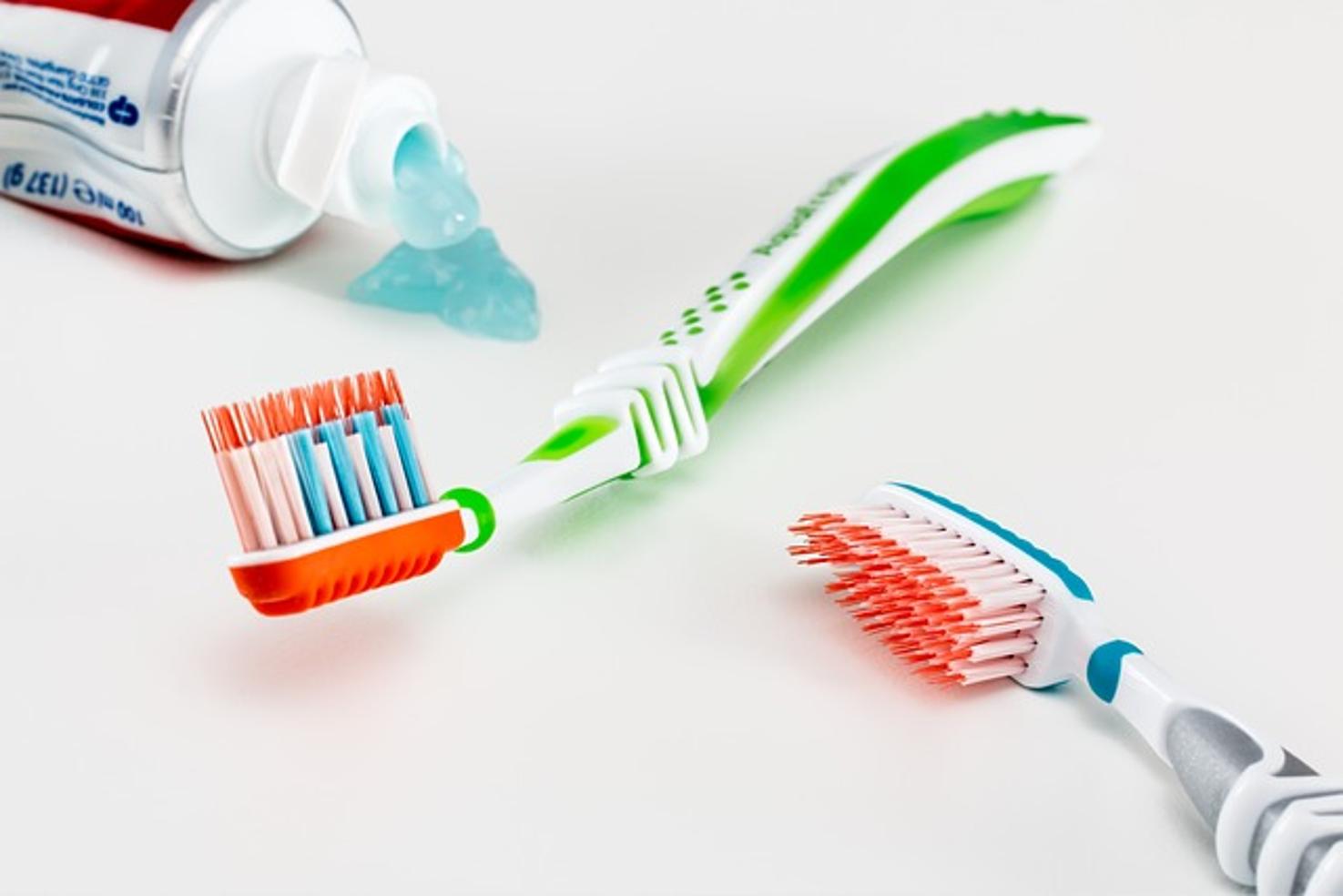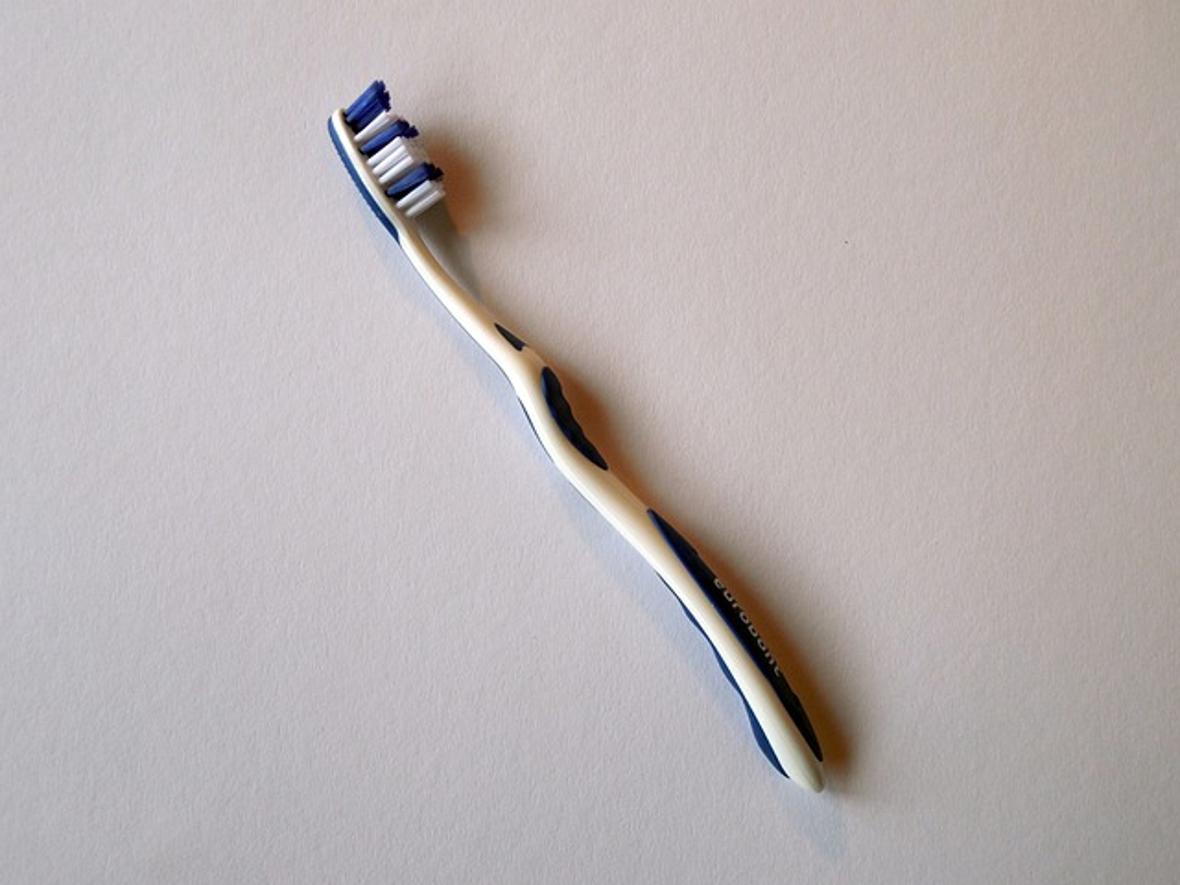Introduction
Switching to an electric toothbrush can revolutionize your oral care routine. This guide will walk you through the benefits, setup, and proper usage of an electric toothbrush. Learn how to get the most out of your dental hygiene gadget with our step-by-step instructions and maintenance tips.

Why Choose an Electric Toothbrush?
Choosing an electric toothbrush offers several distinct benefits. Firstly, these devices provide superior plaque removal compared to manual brushing. The automated movements ensure that even hard-to-reach areas are cleaned effectively. Secondly, many electric toothbrushes come with features like pressure sensors and timers, which help in maintaining an ideal brushing routine. Lastly, for individuals with limited dexterity, an electric toothbrush can be easier to handle, making the brushing experience more efficient and less tiring.
By understanding these benefits, you can better appreciate why an electric toothbrush is a valuable addition to your oral hygiene routine. Now, let’s move on to how you can prepare your new tool for use.
Preparing Your Electric Toothbrush
Charging Your Toothbrush
Before you can use your electric toothbrush, it needs to be fully charged. Place the toothbrush on its charging base and plug it into a power outlet. Most electric toothbrushes have indicator lights that show when the device is charging and when it is fully charged, which generally takes around 12 to 24 hours, depending on the model. Be sure to read the manufacturer’s instructions regarding the initial charging period.
Selecting and Attaching the Brush Head
Choosing the right brush head is crucial for optimal results. Brush heads vary in design, with some focusing on whitening or gum care. Attach your chosen brush head by aligning it with the handle and pushing it until it clicks into place. Some models require you to screw the head on. Make sure it’s securely attached to avoid wobbling during use.
Once your toothbrush is charged and the brush head is selected and attached, you are ready to start using it. Follow the detailed instructions below for the best brushing technique.

Step-by-Step Guide to Using an Electric Toothbrush
Applying Toothpaste
Apply a pea-sized amount of toothpaste on the brush head. Ensure the toothbrush is off when you do this to prevent the toothpaste from splattering. Electric toothbrushes require less toothpaste compared to manual brushes because of their efficient cleaning action.
Brushing Technique
- Divide Your Mouth: Split your mouth into four quadrants—upper right, upper left, lower right, and lower left.
- Turn On the Toothbrush: Activate your toothbrush, positioning the bristles at a 45-degree angle to your gums.
- Gentle Pressure: Use gentle pressure and let the toothbrush do the work. Move the brush slowly over each tooth, spending about 30 seconds per quadrant.
- Cover All Surfaces: Focus on all tooth surfaces—outer, inner, and chewing surfaces. For the inner front teeth, hold the brush vertically to reach these narrow areas better.
Brushing Duration
An effective brushing session lasts for two minutes. Many electric toothbrushes feature built-in timers that signal when to switch quadrants and when the two minutes are up. Following these prompts ensures you are brushing for the correct duration.
Rinsing and Storing Your Brush
After you finish brushing, rinse the brush head thoroughly under running water. Turn off the toothbrush before doing this. Store the toothbrush in an upright position to allow it to air dry, and avoid storing it in a closed container to prevent bacterial growth.
Maintaining the cleanliness of your electric toothbrush is essential for its longevity and effectiveness. Here are some useful maintenance tips.
Maintaining Your Electric Toothbrush
Proper maintenance can extend the life of your electric toothbrush and ensure effective performance.
Cleaning the Brush Head
Regularly clean the brush head to remove any toothpaste residue and debris. Rinse it thoroughly after each use and scrub it gently with a toothbrush cleaner or mild soap once a week. If your toothbrush comes with a UV sanitizer, use it as per the instructions to keep the brush head germ-free.
Replacing the Brush Head
Replace your brush head every three months, or sooner if the bristles are frayed. Worn-out bristles are less effective in cleaning teeth and can cause gum irritation. Some electric toothbrushes have indicators that fade in color to remind you when it’s time for a new brush head.

Common Mistakes to Avoid
Avoid pressing too hard while brushing; let the toothbrush do the work. Don’t rush through your brushing routine; adhere to the two-minute rule. Skipping over hard-to-reach areas or using a worn-out brush head can undermine the effectiveness of your oral care routine.
Conclusion
Mastering the use of an electric toothbrush can lead to better oral health. Follow the steps outlined above to ensure you get the most out of your device.
Frequently Asked Questions
How often should I replace the brush head?
Replace the brush head every three months or sooner if you notice signs of wear, such as frayed bristles.
Can I use an electric toothbrush with braces?
Yes, electric toothbrushes are suitable for use with braces. They can effectively clean around brackets and wires.
How long does it take to charge an electric toothbrush?
Charging duration varies but typically ranges from 12 to 24 hours for a full charge. Always refer to your toothbrush’s manual for specific charging instructions.
